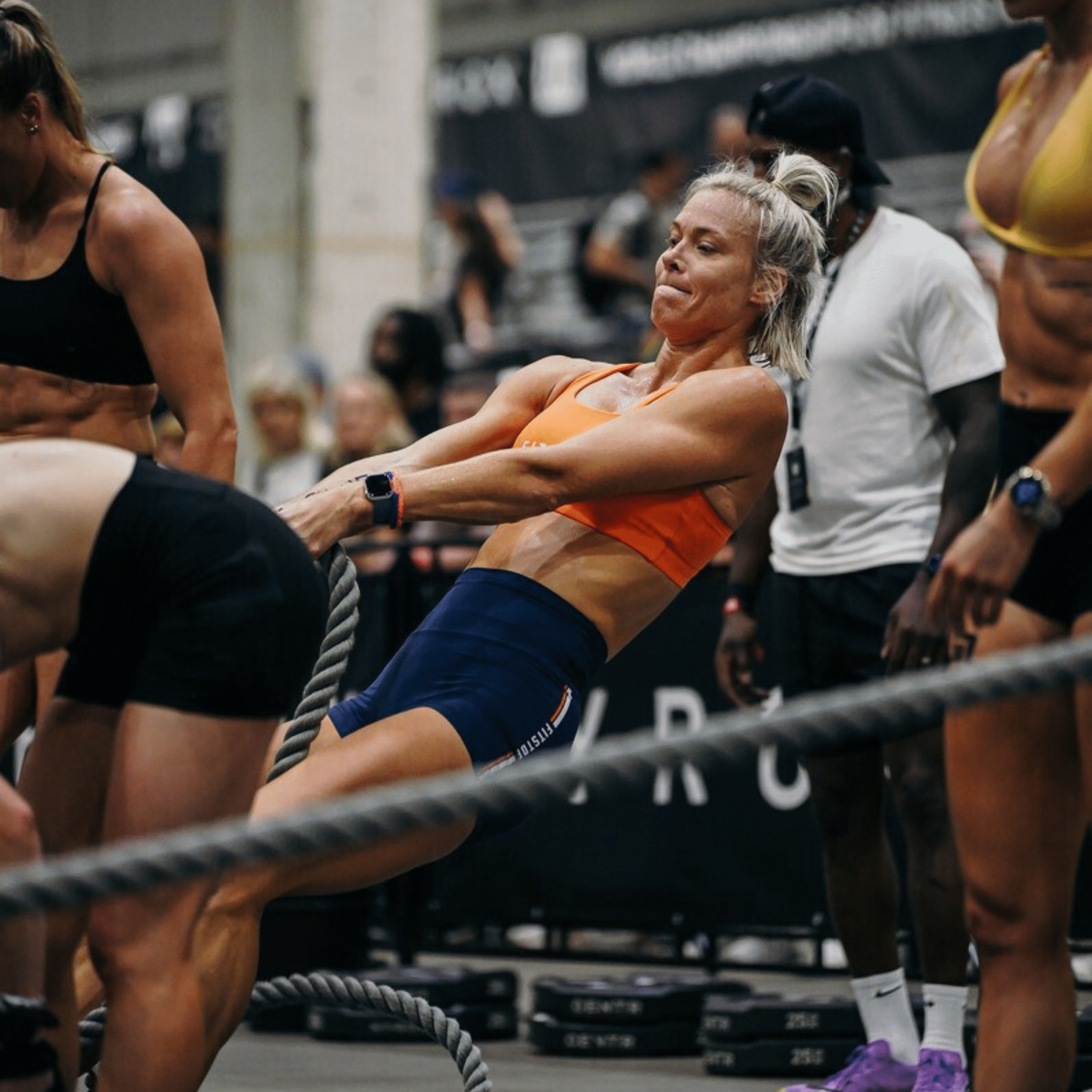Key Principles for Building Strength

If your main goal is to improve your strength, there are a few key principles and strategies that will help you take your strength training to the next level and get the results you are looking for at Fitstop. Whether you’re a seasoned lifter or just starting out, the basic principles remain universal and attainable for everyone. Let’s take a look into some information that will help you along your strength journey!
PROGRESSIVE OVERLOAD
Progressive overload is a fundamental principle in strength training that revolves around consistently challenging your muscles to adapt and grow stronger over time. One of the main things we do at Fitstop to support strength development is increase the weight you are lifting each week.
By gradually adding more resistance (weight) to the main lifts each week, you force your muscles to handle a greater load, stimulating further growth and development. Not only does this progression enhance strength, but it also improves muscular endurance and overall performance.
REPS IN RESERVE
Another important consideration when it comes to progression is lifting to the correct intensity. How we prescribe lifting intensity at Fitstop is using “reps in reserve” (RIR). This is a concept that helps you gauge effort levels during a session. RIR refers to the number of repetitions you could have performed with a certain weight before reaching muscle failure or fatigue. E.g. If you have two reps in reserve, it means you could have performed two more reps with good form before failure. This technique allows you to gauge your effort and adjust your training intensity accordingly. By consciously leaving a certain number of reps in the tank, you can ensure that you’re not overexerting yourself while still providing sufficient stimulus for muscle growth and strength gains.
COMPOUND LIFTS VS ISOLATION EXERCISES
At Fitstop, lift and perform sessions both utilise compound lifts and isolation exercises to maximise strength and promote longevity. Compound lifts involve the movement of multiple muscle groups and joints simultaneously. These exercises such as squats, deadlift, bench press, overhead press, etc require coordination and stability throughout the entire body. By engaging multiple muscle groups, compound lifts promote functional strength, increase muscle mass and assist with overall strength and power gains.
Isolation exercises focus on targeting specific muscles and usually involve a single joint movement. These exercises such as bicep curls, tricep extensions, calf raises, etc allow for a more targeted and concentrated effort on a particular muscle group. They are extremely beneficial for strengthening weaker or smaller muscles, improving imbalances, rehabilitation, injury prevention and developing muscular definition.
CONCLUSION
As you can see, there are a couple of main things to focus on in order to achieve your strength goals. Ensure you implement progressive overload during your Fitstop sessions and aim to hit the desired Reps in Reserve. Both compound and isolation exercises have their place in a well-rounded training program and are often considered as the foundation of strength training. At Fitstop, you will find both compound lifts and isolation exercises in lift, perform and sweat sessions, making them the most beneficial for you to attend if your main priority is strength development.













